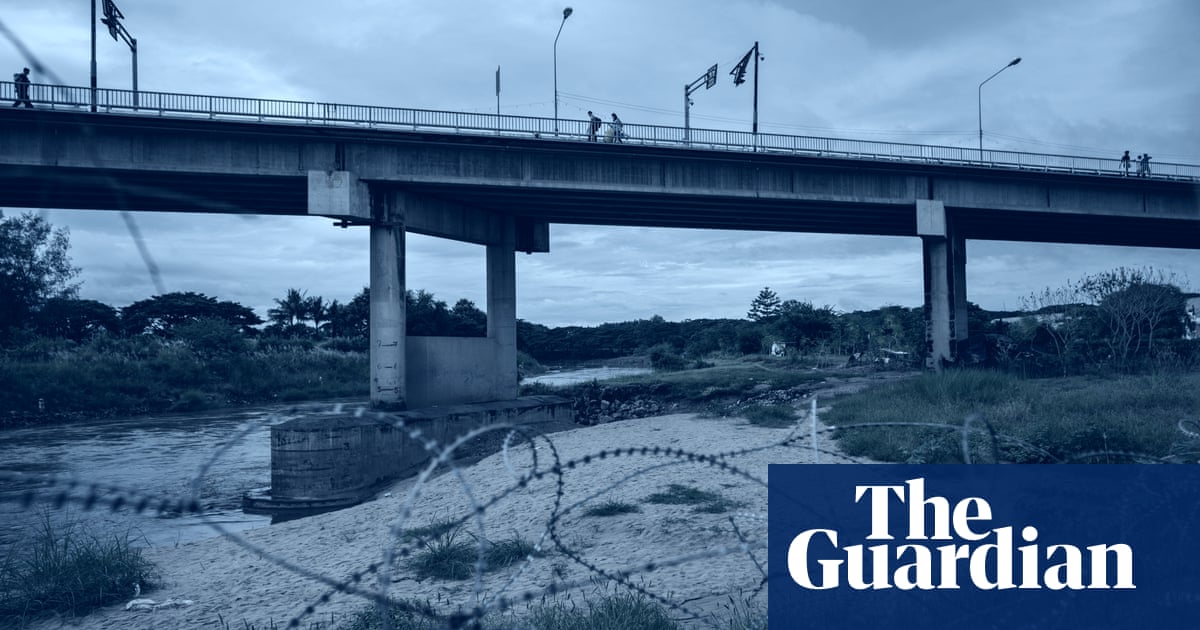
 WWII veterans William Jackson Lee and James Oliver Richards, from left, were recently honored at a Veterans Day ceremony at their senior living center, Danberry at Inverness.
WWII veterans William Jackson Lee and James Oliver Richards, from left, were recently honored at a Veterans Day ceremony at their senior living center, Danberry at Inverness.By Anne Ruisi
World War II veterans William Jackson Lee and James Oliver Richards were among the countless vets across the country honored Nov. 11 for their military service.
As family and friends attended the Veterans Day program at their senior living center, Danberry at Inverness, and paid tribute to the men, they also knew that before the end of the year, they’d be helping them celebrate a major milestone – their 100th birthdays.
Richards, who retired as a lieutenant colonel from a career as an Air Force pilot, marked his 100th birthday on Nov. 22. Lee, who served as a corporal in the Marine Corps, will reach the century mark Dec. 20.
When Japan attacked Pearl Harbor on Dec. 7, 1941, Richards was 18 years old. Lee was 17 and less than two weeks away from his 18th birthday. The war would have a profound effect on both.
Richards was inducted into the Army Air Forces in 1943, having learned to fly before he graduated from high school in New Mexico. He was sent to study at the University of Denver, to California and then to Roswell, New Mexico, to learn how to fly B-29s, the heavy bomber nicknamed the Superfortress.
Early one morning while it was still dark, the sky suddenly turned bright from a flash of brilliant light. He and others who witnessed this were told an ammunition depot at Alamogordo had exploded, but it was actually the detonation of the first atomic explosive developed at Los Alamos, according to a PowerPoint presentation prepared by Lee’s son-in-law, Dr. James Fisk.
The war ended shortly after the atomic bombings of Hiroshima and Nagasaki. In the years following, Richards worked as a civilian flight instructor, earned degrees at the University of Colorado–Boulder and at the University of Denver, and joined the Colorado Air National Guard.
Richards was called back to active duty in what was now called the Air Force when the Korean War broke out. It was the early 1950s, and he flew 50 missions over North Korea in a B-26 airplane.
After the conflict, he was sent to Langley Air Force Base in Virginia and eventually worked at the Pentagon. His work there remains classified.
He served a year in Thailand as a forward air controller during the Vietnam War and retired from the Air Force in 1970 as a lieutenant colonel.
Among the 12 medals and citations he earned during his 20 years of service are the Bronze Star, which is earned for extraordinary action and service performed in an armed conflict.
“I’m proud of my service,” Richards said.
As a civilian, Richards worked as a commercial pilot, flying charter flights between numerous Alabama locations, and he worked in investment management.
He and his wife, Gypsy Anne, had been married for 46 years when she died in 2015. He has two children, two grandchildren and two great-grandchildren.
Lee Was Stationed on Tinian
Lee, known as Jack, had completed high school and one year at Mercer University before he was drafted and joined the Marine Corps. After boot camp and rifle training in San Diego, he was sent to Camp LeJeune in North Carolina for radar school training and did so well he was promoted to radar school instructor.
While there, he learned his brother, Powell, a P-47 pilot, had been shot down and killed over France two days after D-Day in June 1944, according to Fisk’s presentation.
In January 1945, the last year of the war, Lee was shipped out to the western Pacific Ocean to an island that was little-known at the time, Tinian. His assignment was to keep new radar installations up and running.
He was on Tinian when the USS Indianapolis arrived to deliver the first atomic bomb, “Little Boy,” and the B-29 named the Enola Gay carrying that bomb to Hiroshima began its flight from the island. No one knew what was on board either craft.
“Planes would come and go all the time,” so it wasn’t noteworthy when the Enola Gay lifted off from the runway, Lee said. “It wasn’t until a few days later that we found out about it.”
After his discharge from the Marines in 1946, Lee earned a degree in electrical engineering from Auburn University and worked in Baltimore, Birmingham and Montgomery. He married, and he and his wife, Sarah, had five children, including a set of triplets. They had been married for 71 years when she died in 2021.
“She was a darling,” Lee said.
Both men use motorized wheelchairs to move around the Danberry at Inverness, but Richards still drives and Lee enjoys playing pool volleyball a few days a week and playing poker with friends there every Friday afternoon.
“We play for nickels and dimes,” he said of the men-only games on a recent Friday afternoon, adding with a big grin, “the gods were with me today.”










 English (US)
English (US)